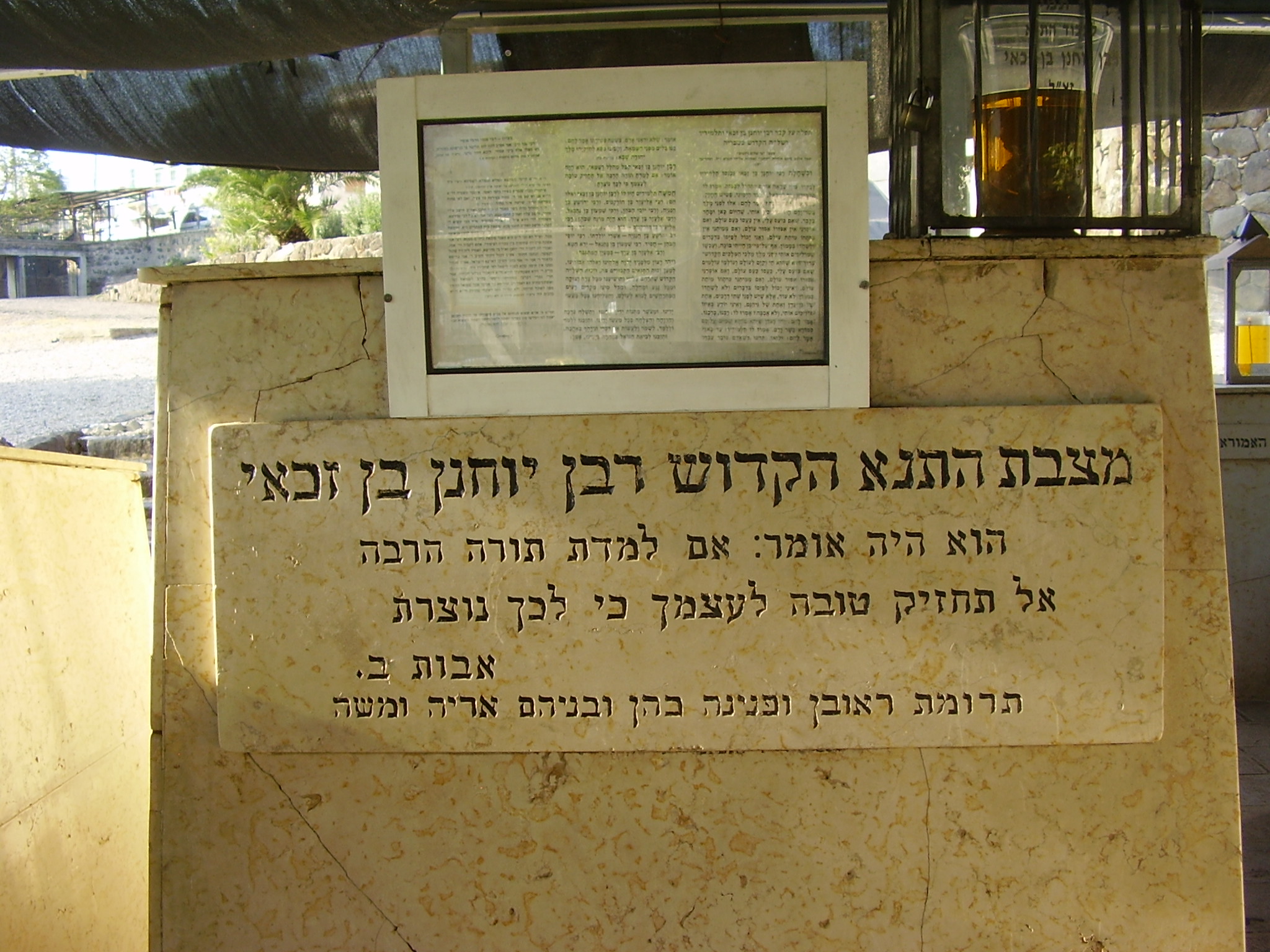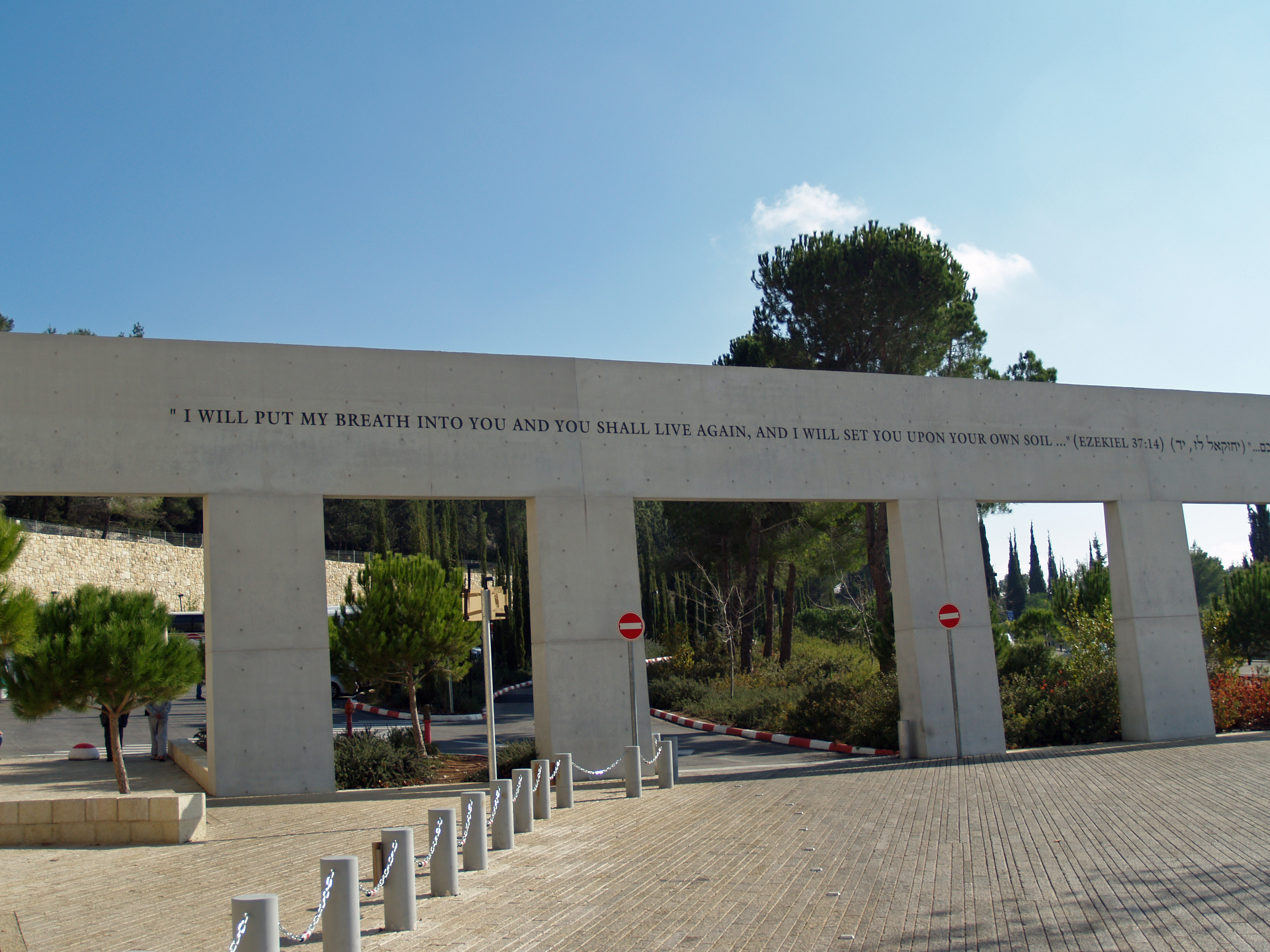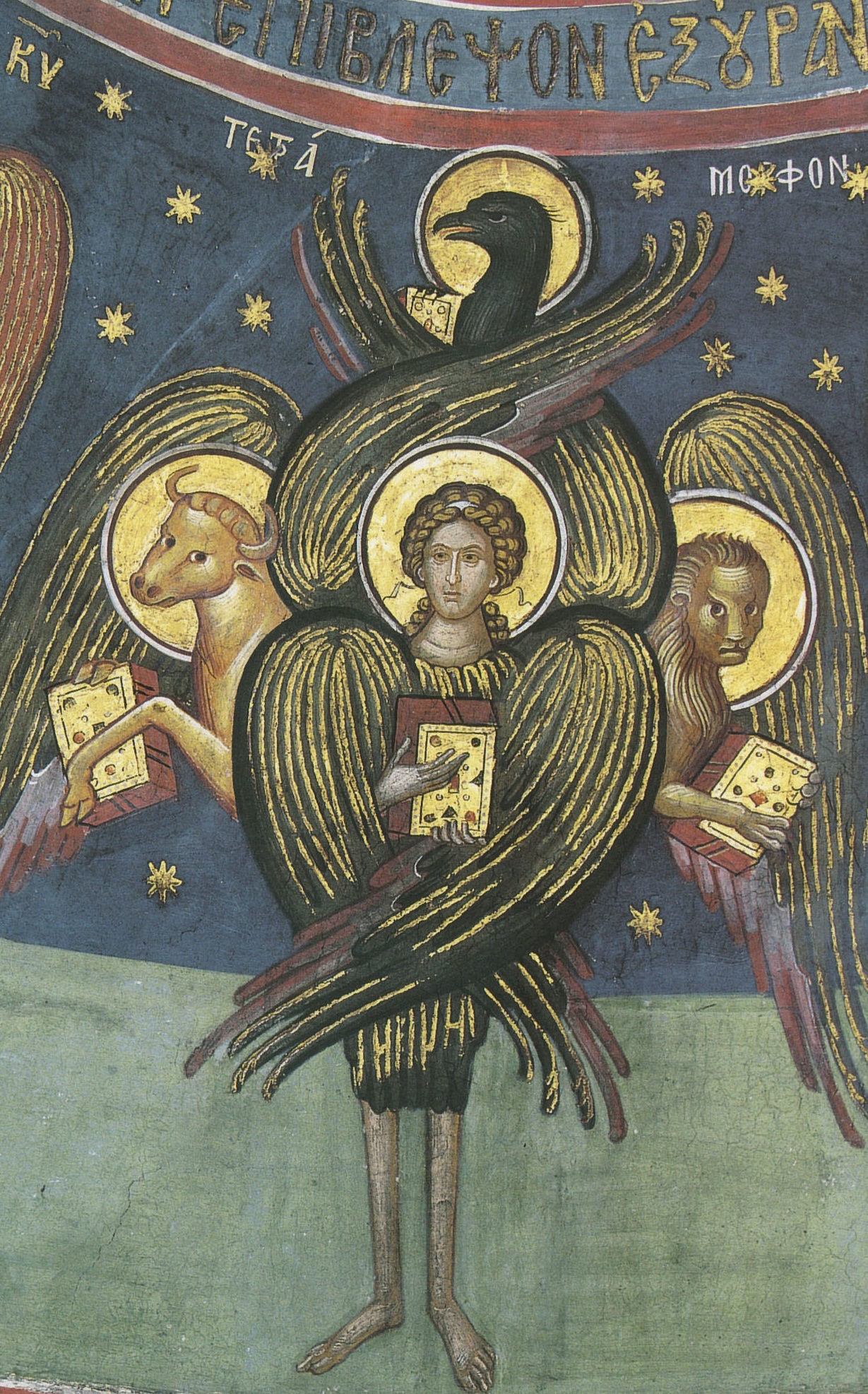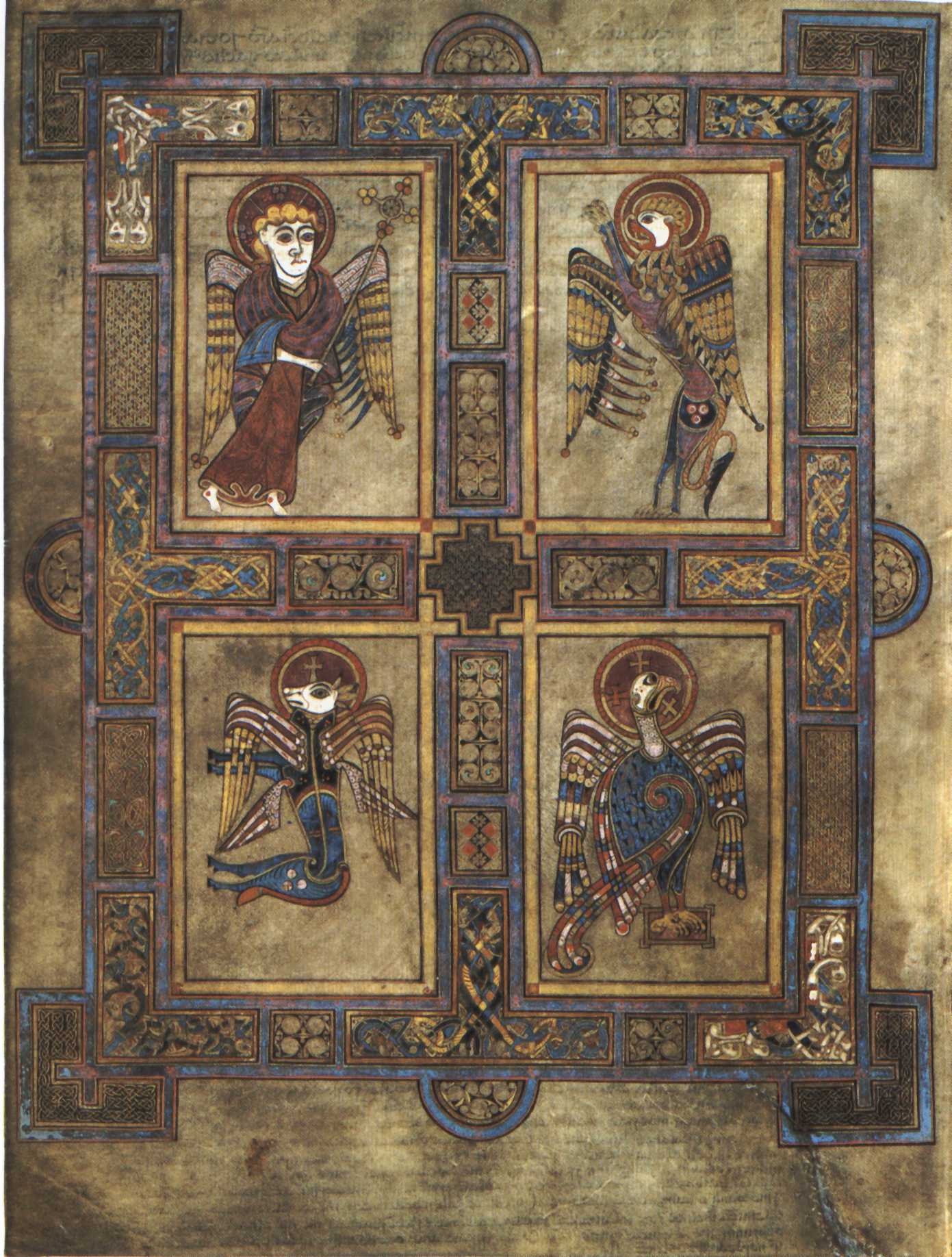|
Merkabah
Merkabah () or Merkavah mysticism (lit. Chariot mysticism) is a school of History of Judaism, early Jewish mysticism (), centered on vision (spirituality), visions such as those found in Ezekiel 1 or in the hekhalot literature ("palaces" literature), concerning stories of ascents to the heavenly palaces and the Throne of God. The main corpus of the Merkabah literature was composed in the period 200–700 CE, although later references to the Chariot tradition can also be found in the literature of the Ashkenazi Hasidim in the Middle Ages. A major text in this tradition is the ''Maaseh Merkabah'' (). Etymology The noun ''merkavah'' "thing to ride in, cart" is derived from a verb, , with the general meaning "to ride". The word "chariot" is found 44 times in the Masoretic Text of the Hebrew Bible, most referring to normal chariots on earth. Although the concept of the Merkabah is associated with Ezekiel's vision, the word is not used in Ezekiel 1. However, when left untranslated, ... [...More Info...] [...Related Items...] OR: [Wikipedia] [Google] [Baidu] |
Jewish Mysticism
Academic study of Jewish mysticism, especially since Gershom Scholem's ''Major Trends in Jewish Mysticism'' (1941), draws distinctions between different forms of mysticism which were practiced in different eras of Jewish history. Of these, Kabbalah, which emerged in 12th-century southwestern Europe, is the most well known, but it is not the only typological form, nor was it the first form which emerged. Among the previous forms were Merkabah mysticism (c. 100 BCE – 1000 CE), and Ashkenazi Hasidim (early 13th century) around the time of the emergence of Kabbalah. Kabbalah means "received tradition", a term which was previously used in other Judaic contexts, but the Medieval Kabbalists adopted it as a term for their own doctrine in order to express the belief that they were not innovating, but were merely revealing the ancient hidden esoteric tradition of the Torah. This issue has been crystalized until today by alternative views on the origin of the Zohar, the main text of K ... [...More Info...] [...Related Items...] OR: [Wikipedia] [Google] [Baidu] |
Hekhalot Literature
Hekhalot literature (sometimes transliterated as Heichalot), from the Hebrew word for "Palaces," relates to visions of entering heaven alive. The genre overlaps with Merkabah mysticism, also called "Chariot literature", which concerns Ezekiel's vision of the throne-chariot, so the two are sometimes referred to as the "Books of the Palaces and the Chariot" (). Hekhalot literature is a genre of Jewish esoteric and revelatory texts produced sometime between late antiquity (some believe from Talmudic times or earlier) to the Early Middle Ages. Many motifs of later Kabbalah are based on the Hekhalot texts, and Hekhalot literature itself is based upon earlier sources, including traditions about the heavenly ascents of Enoch found among the Dead Sea Scrolls and the Pseudepigrapha. Hekhalot itself has many pseudepigraphic texts. Texts Some of the Hekhalot texts are: * ''Hekhalot Zutartey'' "Lesser Palaces" or "Palaces Minor," which details an ascent of Rabbi Akiva through the seven heav ... [...More Info...] [...Related Items...] OR: [Wikipedia] [Google] [Baidu] |
Maaseh Merkabah
The ''Ma'aseh Merkabah'' () is a Hebrew-language Jewish mystical text dating from the Gaonic period that comprises a collection of hymns recited by the "descenders" and heard during their ascent. It is part of the tradition of Merkabah mysticism and the Hekhalot literature. The text was first edited by Gershom Scholem (1965). An English translation by Janowitz can be found in her ''Poetics of Ascent,'' pages 29–81. The critical edition and translation of the text was published by Michael D. Swartz. Contents Like most other Hekhalot texts, the Ma'aseh Merkabah revolves around the knowledge of secret names of God used theurgically for mystical ascent. It begins with a conversation between Rabbi Ishmael and Rabbi Akiva Akiva ben Joseph (Mishnaic Hebrew: ; – 28 September 135 CE), also known as Rabbi Akiva (), was a leading Jewish scholar and sage, a '' tanna'' of the latter part of the first century and the beginning of the second. Rabbi Akiva was a leadin ..., where th ... [...More Info...] [...Related Items...] OR: [Wikipedia] [Google] [Baidu] |
Pardes (legend)
Pardes (Hebrew: ''pardēs'', "orchard") is the subject of a Jewish aggadah ("legend") about four rabbis of the Mishnaic period (1st century CE) who visited the '' pardes'' (the "orchard" of esoteric Torah knowledge), only one of whom succeeded in leaving the ''pardes'' unharmed. The basic story goes as follows: Sources differ concerning which sage died and which became demented; the Tosefta and the Babylonian Talmud say ben Azzai died and ben Zoma became demented, but the Jerusalem Talmud, '' Shir HaShirim Rabbah'', and the hekhalot literature record the reverse. Etymology The Hebrew word פַּרְדֵּס (''pardes'', "orchard") is of Persian origin (cf Avestan 𐬞𐬀𐬌𐬭𐬌⸱𐬛𐬀𐬉𐬰𐬀) and appears several times in the Bible. The same Old Persian root is the source of the word ''paradise'' via Latin paradisus and Greek παράδεισος, which were used for פרדס's Biblical Hebrew equivalent גן, Garden, in early Bible translations. Samson ... [...More Info...] [...Related Items...] OR: [Wikipedia] [Google] [Baidu] |
Ophanim
The ophanim ( , ; singular: ), alternatively spelled auphanim or ofanim, and also called galgalim ( , ; singular: ), refer to the wheels seen in Ezekiel's vision of the chariot (Hebrew ) in . One of the Dead Sea Scrolls (4Q405) construes them as angels; late sections of the Book of Enoch (61:10, 71:7) portray them as a class of Heaven, celestial beings who (along with the Cherubim and Seraphim) never sleep, but guard the throne of God. In some systems of Christian angelology, they are one of the choirs (classes) of angels, and are also identified as Throne (angel), Thrones. These "wheels" have been associated with (mentioned as , traditionally "the wheels of ", in "fiery flame" and "burning fire") of the four, eye-covered wheels (each composed of two nested wheels), that move next to the winged Cherubim, beneath the throne of God. The four wheels move with the Cherubim because the spirit of the Cherubim is in them. The late Second Book of Enoch (20:1, 21:1) also referred to th ... [...More Info...] [...Related Items...] OR: [Wikipedia] [Google] [Baidu] |
Zohar
The ''Zohar'' (, ''Zōhar'', lit. "Splendor" or "Radiance") is a foundational work of Kabbalistic literature. It is a group of books including commentary on the mystical aspects of the Torah and scriptural interpretations as well as material on mysticism, mythical cosmogony, and mystical psychology. The ''Zohar'' contains discussions of the nature of God, the origin and structure of the universe, the nature of souls, redemption, the relationship of ego to darkness and "true self" to "the light of God". The ''Zohar'' was first publicized by Moses de León (c. 1240 – 1305 CE), who claimed it was a Tannaitic work recording the teachings of Simeon ben Yochai (). This claim is universally rejected by modern scholars, most of whom believe de León, also an infamous forger of Geonic material, wrote the book himself between 1280 and 1286. Some scholars argue that the ''Zohar'' is the work of multiple medieval authors and/or contains a small amount of genuinely antique novel mate ... [...More Info...] [...Related Items...] OR: [Wikipedia] [Google] [Baidu] |
Ezekiel
Ezekiel, also spelled Ezechiel (; ; ), was an Israelite priest. The Book of Ezekiel, relating his visions and acts, is named after him. The Abrahamic religions acknowledge Ezekiel as a prophet. According to the narrative, Ezekiel prophesied the destruction of Judah's capital city Jerusalem. In 587 BC, the Neo-Babylonian Empire conquered Jerusalem, destroyed Solomon's Temple, and sent the Judahite upper classes into the Babylonian captivity. However, Ezekiel also prophesied the eventual restoration of the Jewish people to the Land of Israel. It is believed he died around 570 BC; Ezekiel's Tomb is a Jewish religious site in Mesopotamia. Three decades later, in 539 BC, the Persian empire conquered Babylon and the Edict of Cyrus repatriated the exiles. The name "Ezekiel" means "God is strong" or "God strengthens" in Hebrew. Biblical account The author of the Book of Ezekiel presents himself as Ezekiel, the son of Buzi, born into a priestly ( kohen) lineage. The aut ... [...More Info...] [...Related Items...] OR: [Wikipedia] [Google] [Baidu] |
Throne Of God
The throne of God is the reigning centre of God in the Abrahamic religions: primarily Judaism, Christianity, and Islam. The throne is said by various holy books to reside beyond the Seventh Heaven which is called ''Araboth'' ( ''‘ărāḇōṯ'') in Judaism. Judaism Micaiah ( 1 Kings 22:19), Isaiah ( Isaiah 6), Ezekiel ( Ezekiel 1) and Daniel ( Daniel 7:9) all speak of God's throne, although some philosophers, such as Saʿadiah Gaon and Maimonides, interpreted such mention of a "throne" as allegory. The heavenly throne room or throne room of God is a more detailed presentation of the throne, into the representation of throne room or divine court. Micaiah's throne room vision Micaiah's extended prophecy (1 Kings 22:19) is the first detailed depiction of a heavenly throne room in Judaism. Zechariah's throne room vision Zechariah 3 depicts a vision of the heavenly throne room where Satan and the Angel of the Lord contend over Joshua the High Priest in the time of his gra ... [...More Info...] [...Related Items...] OR: [Wikipedia] [Google] [Baidu] |
Cherubim
A cherub (; : cherubim; ''kərūḇ'', pl. ''kərūḇīm'') is one type of supernatural being in the Abrahamic religions. The numerous depictions of cherubim assign to them many different roles, such as protecting the entrance of the Garden of Eden. Etymology Delitzch's ''Assyrisches Handwörterbuch'' (1896) connected the name ''keruv'' with Assyrian ''kirubu'' (a name of the ''shedu'' or ''lamassu'') and ''karabu'' ("great, mighty"). Karppe (1897) glossed Babylonian ''karâbu'' as "propitious" rather than "mighty".De Vaux, Roland (tr. John McHugh), ''Ancient Israel: Its Life and Institutions'' (New York, McGraw-Hill, 1961). Dhorme (1926) connected the Hebrew name to Assyrian ''kāribu'' (diminutive ''kurību''), a term used to refer to intercessory beings (and statues of such beings) that plead with the gods on behalf of humanity. The folk etymology connecting ''cherub'' to a Hebrew word for "youthful" is due to Abbahu (3rd century). Abrahamic religious traditions ... [...More Info...] [...Related Items...] OR: [Wikipedia] [Google] [Baidu] |
Ezekiel 1
Ezekiel 1 is the first chapter of the Book of Ezekiel in the Hebrew Bible or the Old Testament of the Christian Bible. This book contains prophecies attributed to the prophet/priest Ezekiel, and is one of the Books of the Prophets. In the New King James Version, this chapter is sub-titled "Ezekiel’s Vision of God", and in the New International Version, "Ezekiel’s Inaugural Vision". In the text, the first verse refers to "visions" (plural). Text The original text of this chapter was written in the Hebrew language. This chapter is divided into 28 verses. Textual witnesses Some early manuscripts containing the text of this chapter in Hebrew are of the Masoretic Text tradition, which includes the Codex Cairensis (895), the Petersburg Codex of the Prophets (916), Aleppo Codex (10th century), and Codex Leningradensis (1008). Fragments containing parts of this chapter were found among the Dead Sea Scrolls including 4Q74 (4QEzek; 50 BCE–50 CE) with extant verses 10–13, 16� ... [...More Info...] [...Related Items...] OR: [Wikipedia] [Google] [Baidu] |
Living Creatures (Bible)
The living creatures, living beings, or ''chayyoth'' () are a class of heavenly beings in Judaism. They are described in the prophet Ezekiel's vision of the heavenly chariot in the first and tenth chapters of the Book of Ezekiel. References to the sacred creatures recur in texts of Second Temple Judaism, in rabbinical ''merkabah'' ("chariot") literature, in the Book of Revelation in the Christian New Testament, and in the Zohar. According to Judaism, Jewish and Christianity, Christian traditions, there are four living creatures, although their description varies by source. The symbolic depiction of the four living creatures in religious art, especially Christian art, is called a tetramorph. Ezekiel's four living creatures Ezekiel's vision of the four living creatures in Ezekiel 1 are identified as cherubim in Ezekiel 10, who are God's throne bearers. Cherubim as minor Tutelary deity, guardian deities of temple or palace thresholds are known throughout the Ancient East. In Ezek ... [...More Info...] [...Related Items...] OR: [Wikipedia] [Google] [Baidu] |
Seraph
A seraph ( ; pl.: ) is a celestial or heavenly being originating in Ancient Judaism. The term plays a role in subsequent Judaism, Islam and Christianity. Tradition places seraphim in the highest rank in Christian angelology and in the fifth rank of ten in the Jewish angelic hierarchy. A seminal passage in the Book of Isaiah () used the term to describe six-winged beings that fly around the Throne of God crying " holy, holy, holy". This throne scene, with its triple invocation of holiness, profoundly influenced subsequent theology, literature and art. Its influence is frequently seen in works depicting angels, heaven and apotheosis. Seraphim are mentioned as celestial beings in the semi-canonical Book of Enoch and the canonical Book of Revelation. Origins and development In Hebrew, the word ''saraph'' means "burning", and is used seven times throughout the text of the Hebrew Bible as a noun, usually to denote " serpent", twice in the Book of Numbers, once in the B ... [...More Info...] [...Related Items...] OR: [Wikipedia] [Google] [Baidu] |








